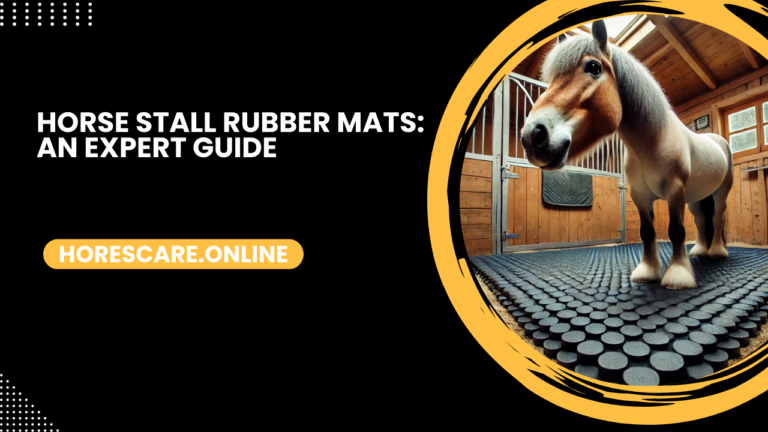Horse riding helmets: A Complete guide
Horse riding helmets are indispensable for equestrians, providing essential protection against head injuries.
This comprehensive guide covers everything you need to know about horse riding helmets, including their design, sizing, legal requirements, and case studies highlighting their importance.
Equestrian Riding Helmets: A Must-Have for Safety
Equestrian riding helmets are specifically designed to protect riders from the impact of falls or accidents. They feature advanced shock-absorption technology and durable materials to minimize injuries.
Just as a Horse racing board game brings the excitement of the track into your home, modern helmets combine functionality with style, incorporating ventilation systems and adjustable straps for comfort and practicality during actual rides.
Case Study
A report by the Equestrian Safety Association revealed that riders wearing certified helmets were 70% less likely to sustain serious head injuries during falls.
One rider shared her experience of how her helmet saved her life during a cross-country event when her horse stumbled and she hit the ground headfirst.
Sizing Your Helmet! Finding the Perfect Fit
Proper helmet sizing is critical for both safety and comfort. An ill-fitting helmet can compromise protection or cause discomfort during long rides.
Similarly, choosing the right Horse tack, including saddles, bridles, and other equipment, is essential to ensure both the rider’s and horse’s comfort and performance during equestrian activities. To ensure the right fit:
- Measure the circumference of your head, just above your eyebrows.
- Refer to the manufacturer’s size chart to find the corresponding size.
- Adjust the straps and inner padding for a snug but comfortable fit.
Case Study
A riding academy conducted a study on helmet fit among its students.
Similarly, having the right Horse saddle is just as important, as it ensures proper posture and balance, which directly affects both the rider’s comfort and performance.
Conversely, students with loose or overly tight helmets experienced distractions and discomfort, impacting their performance.
Design: Combining Functionality with Style
Riding helmets come in various designs to cater to different disciplines and personal preferences. Key design features include:
- Material
High-quality materials like polycarbonate shells for durability. - Ventilation
Strategic vents to ensure airflow and reduce sweating. - Aesthetics
Options like matte finishes, glossy exteriors, or custom designs.
Case Study
A competitive show jumper shared how investing in a lightweight, aerodynamically designed helmet improved her focus during competitions, as the helmet’s ventilation kept her cool and comfortable under pressure.
Similarly, attending a Horse camp near me can provide riders with the opportunity to refine their skills, learn about proper gear, and gain practical experience in a supportive environment.

Law and Rules Concerning Helmets
Wearing a helmet is not just a personal safety choice but, in many cases, a legal requirement. Different countries and organizations enforce specific helmet regulations to ensure rider safety.
United States:
In the United States, organizations like the United States Equestrian Federation (USEF) mandate helmet use during competitions for riders under 18 and for specific disciplines like eventing. States also have varying laws regarding helmet use, particularly for minors in public riding facilities.
Case Study:
A 2022 review of equestrian accident reports in the U.S. highlighted a significant reduction in head injuries in states with stricter helmet laws.
Riders reported feeling more secure and confident knowing safety was prioritized through regulation.
Helmets: Your Lifesaving Companion
Every rider, from beginners to professionals, should consider helmets an essential part of their gear. Whether you’re training, competing, or enjoying a leisurely ride, the right helmet can be the difference between safety and injury.
By investing in a quality helmet, you’re investing in your safety, comfort, and peace of mind.



